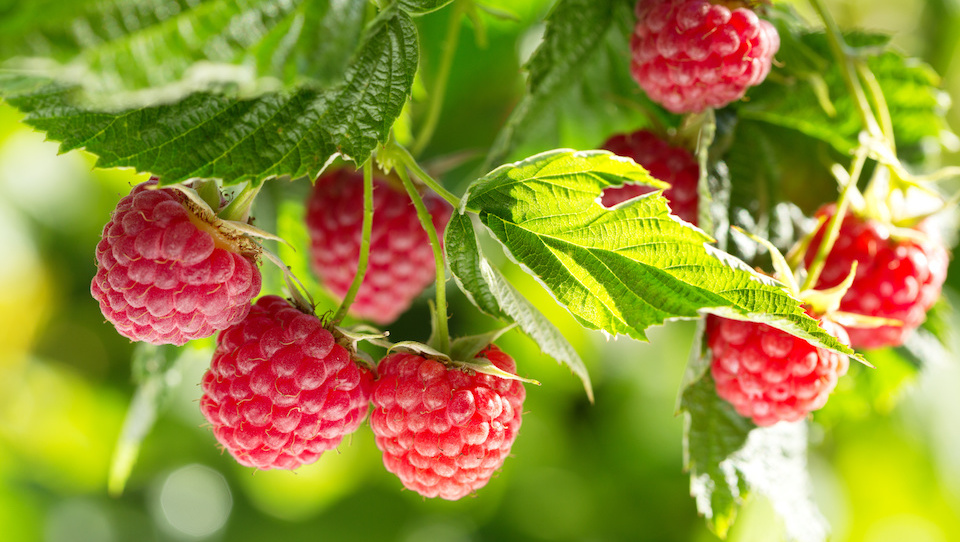I remember when I first started growing fruit. I assumed I could just plop a tree or bush in the ground, and mother nature would take care of the rest. Boy, was I wrong! Through a process of trial and error and some self-education, I came to learn how to best care for my neglected fruit trees. Here are some lessons I learned.
What the heck is fruit thinning?
Removing small and young fruit early in the spring can help increase the size of the fruit that is left. Overcrowding causes issues, and you will be amazed at how big your fruit becomes when you take out some of the extras.
Fruit thinning can give you better quality fruit because removing some fruit encourages the growth of the remaining. The idea is to have a higher leaf-to-fruit ratio that supports the growth of good-sized fruits. Apples, pears, peaches, and plums respond well to thinning, which is usually done by hand.
It’s obviously harder to hand-thin smaller fruit like cherries and gooseberries, so you can remove smaller branches that lie in the shade to reduce the total load. Large, flavorful fruit develop from flowers that get full sun. Some gardeners prefer to do flower thinning, but it is riskier since there’s no guarantee that the remaining flowers will develop into fruit.
Fruit thinning should be done as early as possible because it gives the fruit more time to develop with a favorable leaf-to-fruit ratio. Standard ratio for apple is 40:1, which means there should be 40 leaves for every fruit. A higher ratio of 75:1 is ideal for peaches. Dwarf fruit trees can do with fewer leaves per fruit because their leaves get better sun exposure.
Getting the harvest right
Generally, fruit ripened on the tree or bush has the best flavor and sweetness, but some types of fruit have to be harvested before they reach their full maturity. We should aim for the right balance between sweetness and crispness because fully ripe fruit has poor keeping quality. Color and aroma of the fruit may give some indication of their ripeness, but tasting a few samples from the tree is the best way to determine the right time for harvesting
Apples and pears should be picked when they’re still firm to touch, but also sweet to taste. Cherries and gooseberries meant for cooking can be gathered slightly unripe, but wait until the plums are slightly softer. Most fruits will come away easily when they’re ready, so you should be able to pluck a few at a time. However, fruit falling from the tree does not always mean it is ripe. But if the winds kick up and help with harvesting, there’s no point in waiting. Pick fallen fruit up immediately so that it does not spoil and attract insects.
Making the fruit last
If you have good-sized fruit trees and several bushes, you’re likely to get more fruit than you can use at once. Enjoy your harvest offseason by storing fruit in a refrigerator or a fruit cellar. Harvest the fruit slightly under-ripe if you intend to save it for an extended time. Special care should be taken to avoid damaging the fruit while harvesting; otherwise, it will decay in storage. Don’t manhandle your fruit, remember, most fruit is delicate, and a bruise will diminish flavor and compromise quality. Wash fruit gently as soon as you harvest and allow to dry before refrigerating.
Apples keep well for 3-4 months without refrigeration if you keep them in a cool, dark place. But plums and pears should be refrigerated. Not all fruits store well even in the refrigerator. The goodness of strawberries, raspberries and other soft fruits can be enjoyed by preserving them, either by freezing or drying. You can juice them or make fruit leather in a dehydrator. Learning how to make your favorite jams and jellies is another good way to enjoy your fruit long after the growing season has ended.
-Susan Patterson



